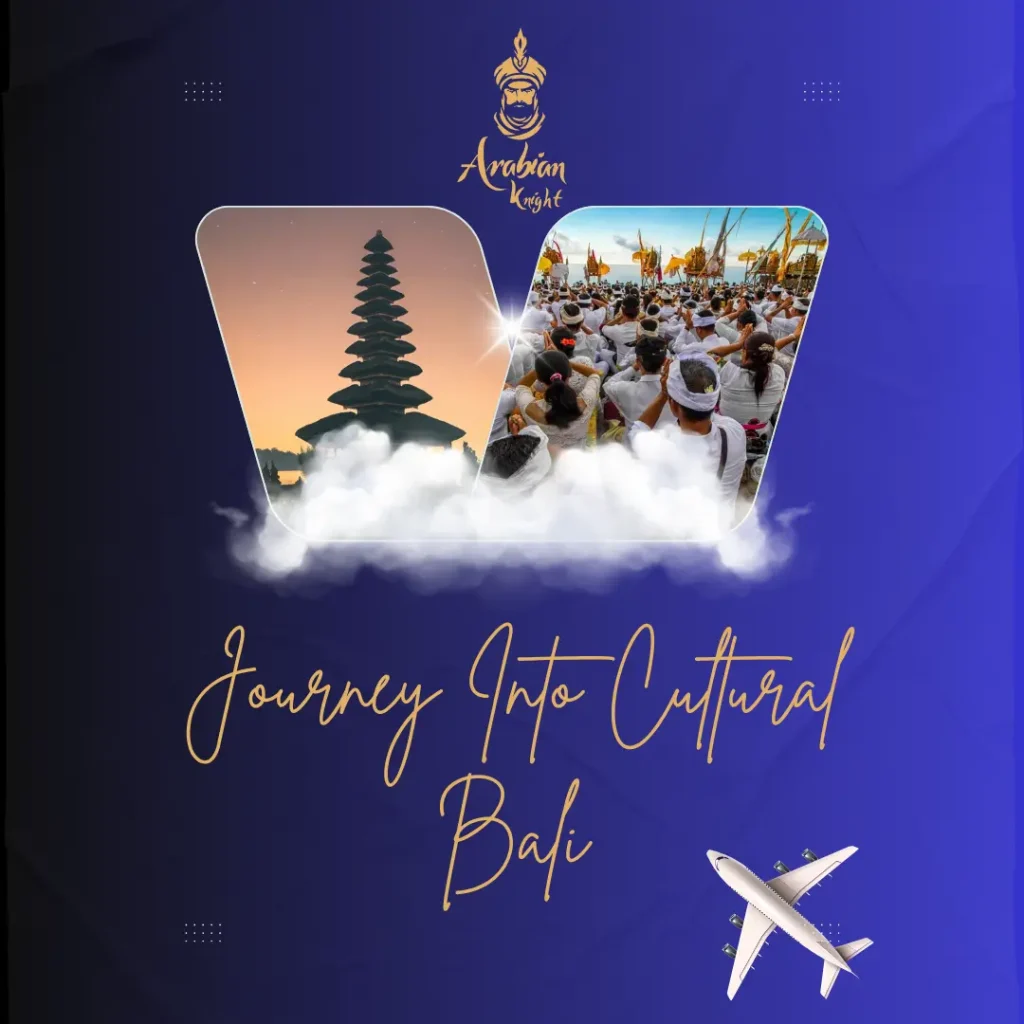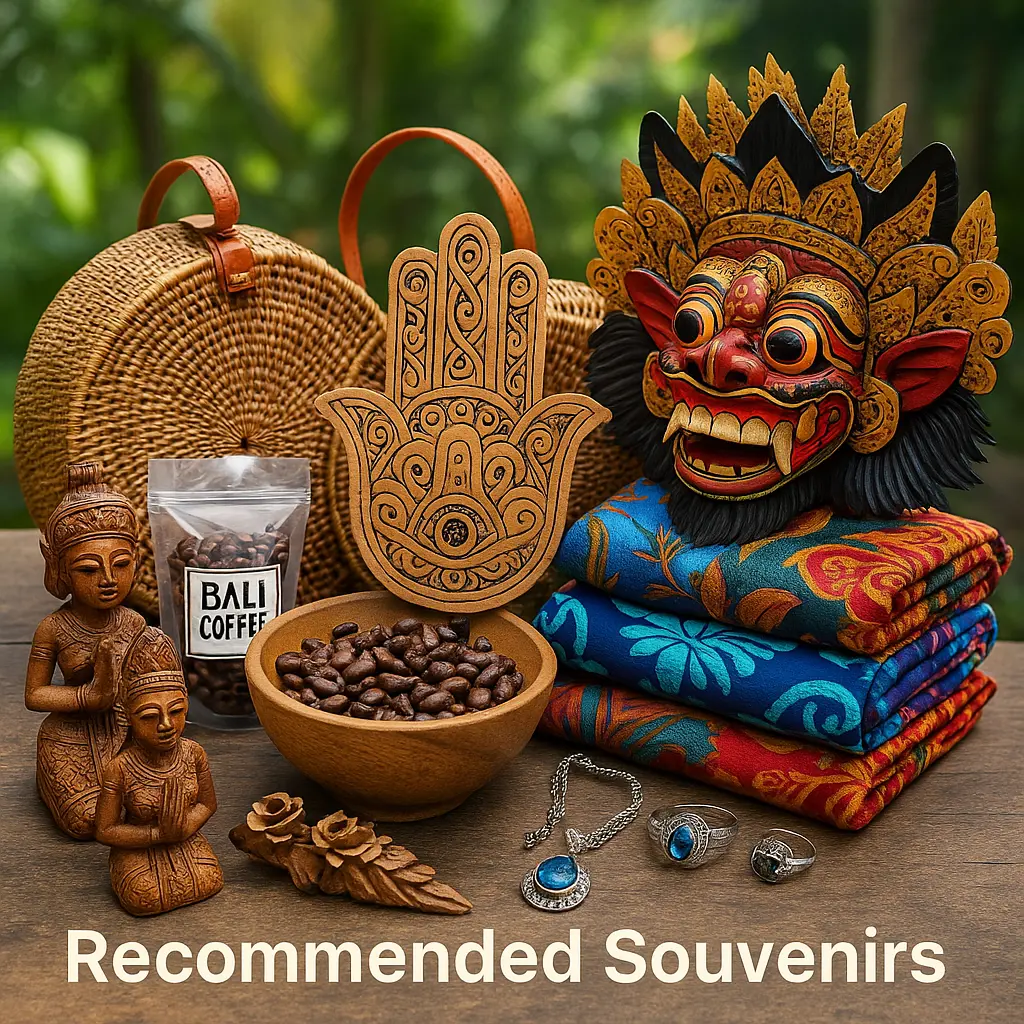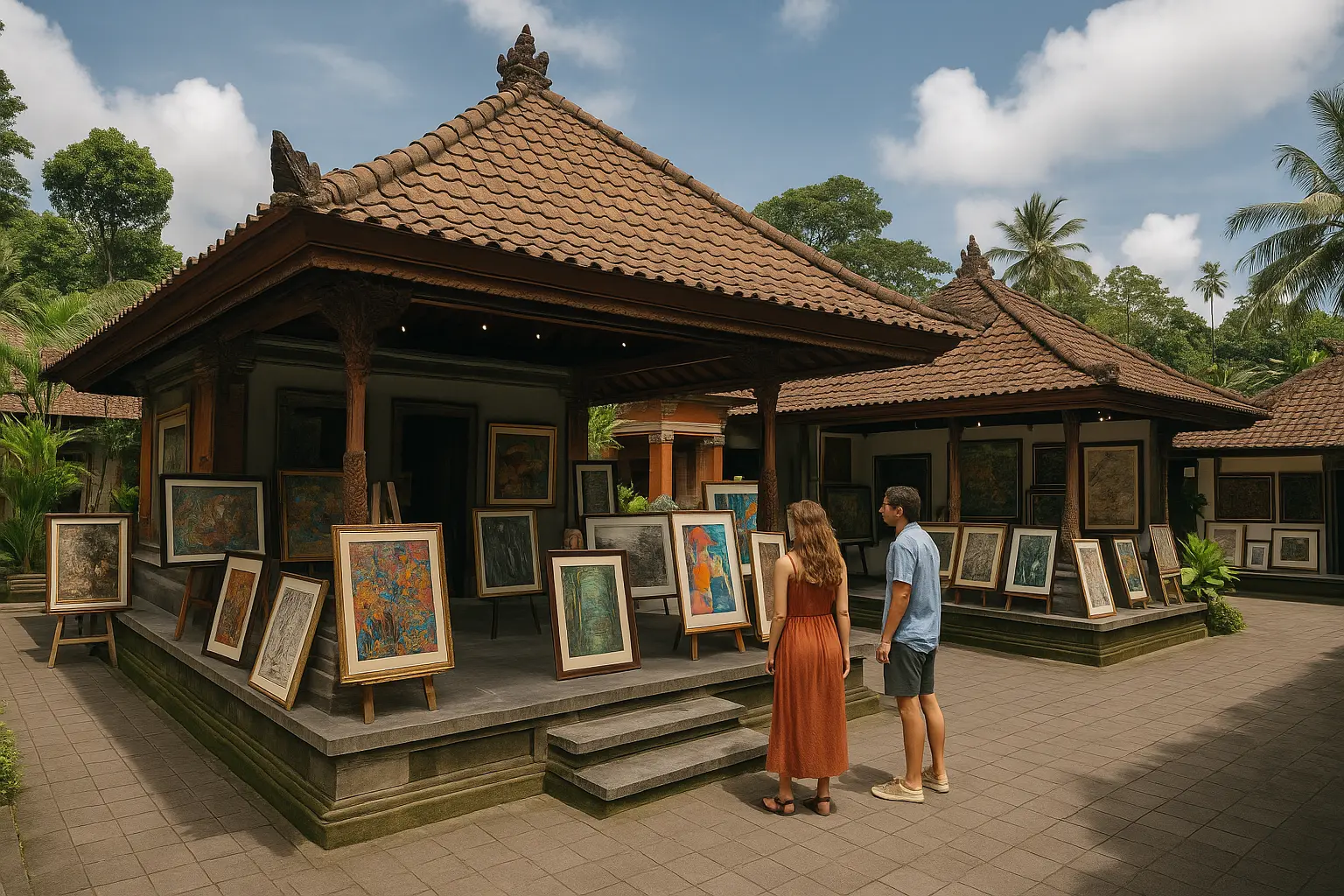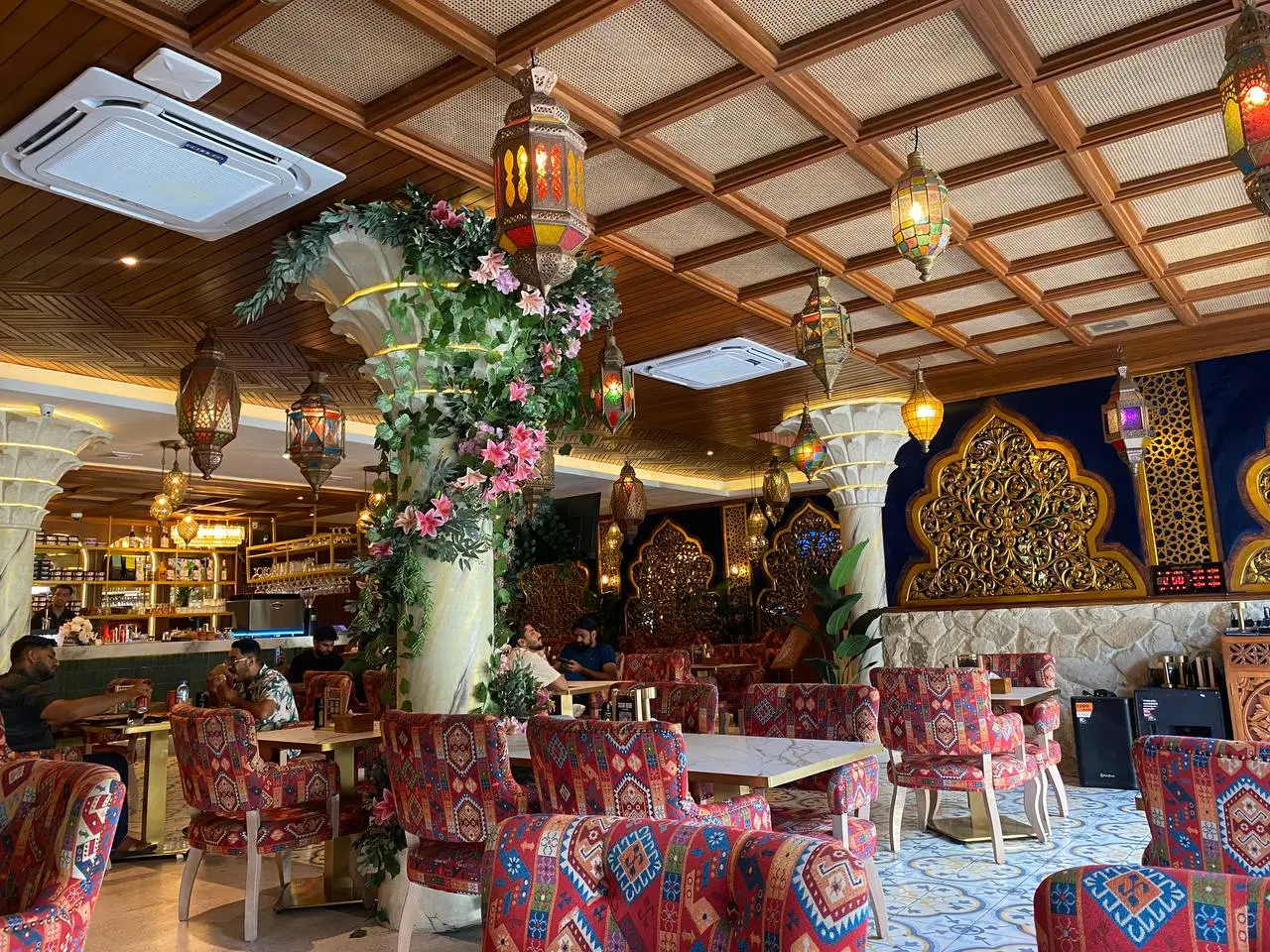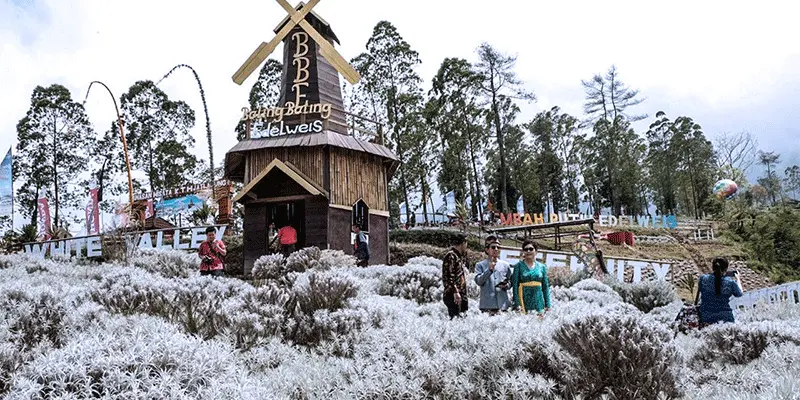Bali is more than just a paradise for beach lovers and surfers it is an island deeply rooted in tradition, spirituality, and artistic expression. Cultural Bali offers a rich tapestry of rituals, dance, and craftsmanship that reflects the soul of the Balinese people. Whether you’re witnessing a sacred temple ceremony or exploring a traditional art village, the cultural depth of Bali is both immersive and unforgettable.
Visitors who wish to explore cultural tourism in Bali will be delighted to find that nearly every corner of the island offers insight into its age-old customs. From sacred religious ceremonies to vibrant dance performances and handcrafted arts, each experience opens a door into Bali’s unique heritage.
Balinese Ceremonies and Religious Rituals
One of the most fascinating aspects of cultural Bali is the frequency and scale of its religious ceremonies. These rituals are not only spiritual in nature but also serve as an expression of community identity and artistic performance.
Nyepi – The Day of Silence
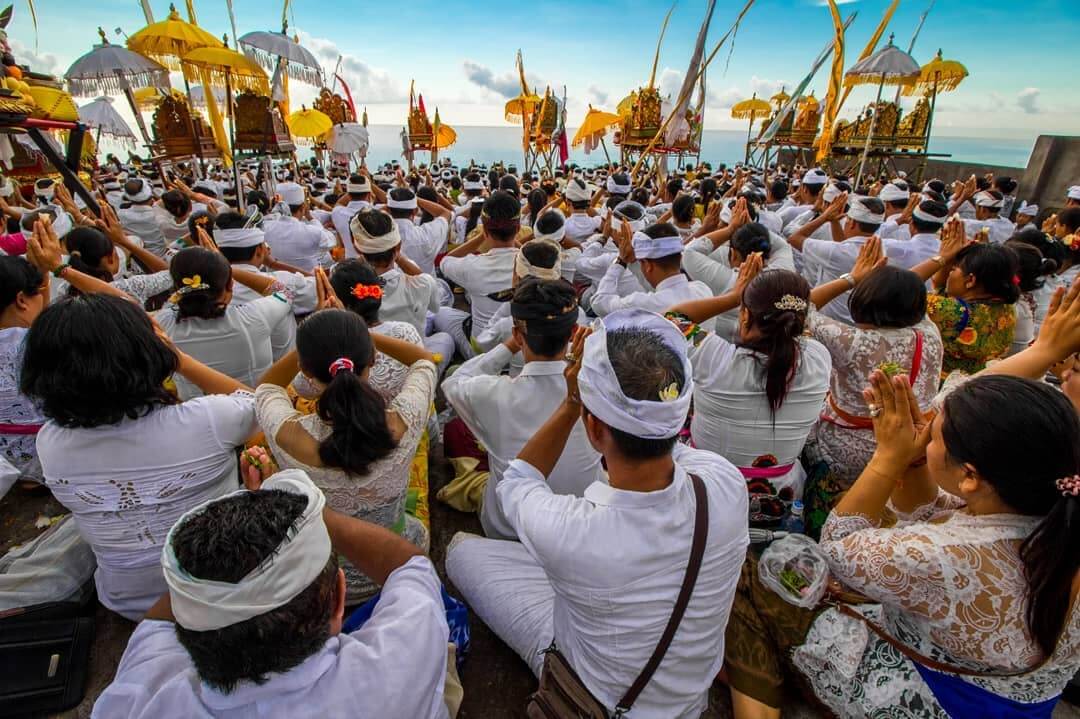
Nyepi, or the Balinese Day of Silence, is one of the most unique New Year celebrations in the world. Unlike other festivities, Nyepi is marked by complete stillness no lights, no travel, no entertainment. The island essentially shuts down for 24 hours as a form of self-reflection and purification.
The day before Nyepi is quite the opposite: locals parade giant demonic effigies called Ogoh-Ogoh, symbolizing evil spirits that are later burned to cleanse the environment. This ritual, rooted in Balinese Hinduism, illustrates the island’s deep spiritual connection with balance and harmony.
Galungan and Kuningan – Honoring Ancestral Spirits

Galungan and Kuningan are important ten-day festivals that celebrate the triumph of dharma (good) over adharma (evil). During this period, families welcome the spirits of their ancestors into their homes with offerings, prayers, and beautifully decorated bamboo poles known as penjor.
These festivals are a perfect window into Balinese ritual traditions from temple ceremonies to traditional food preparation. Tourists visiting during Galungan can observe local temples buzzing with activities and streets lined with ornate decorations.
Ngaben – The Royal Cremation Ceremony
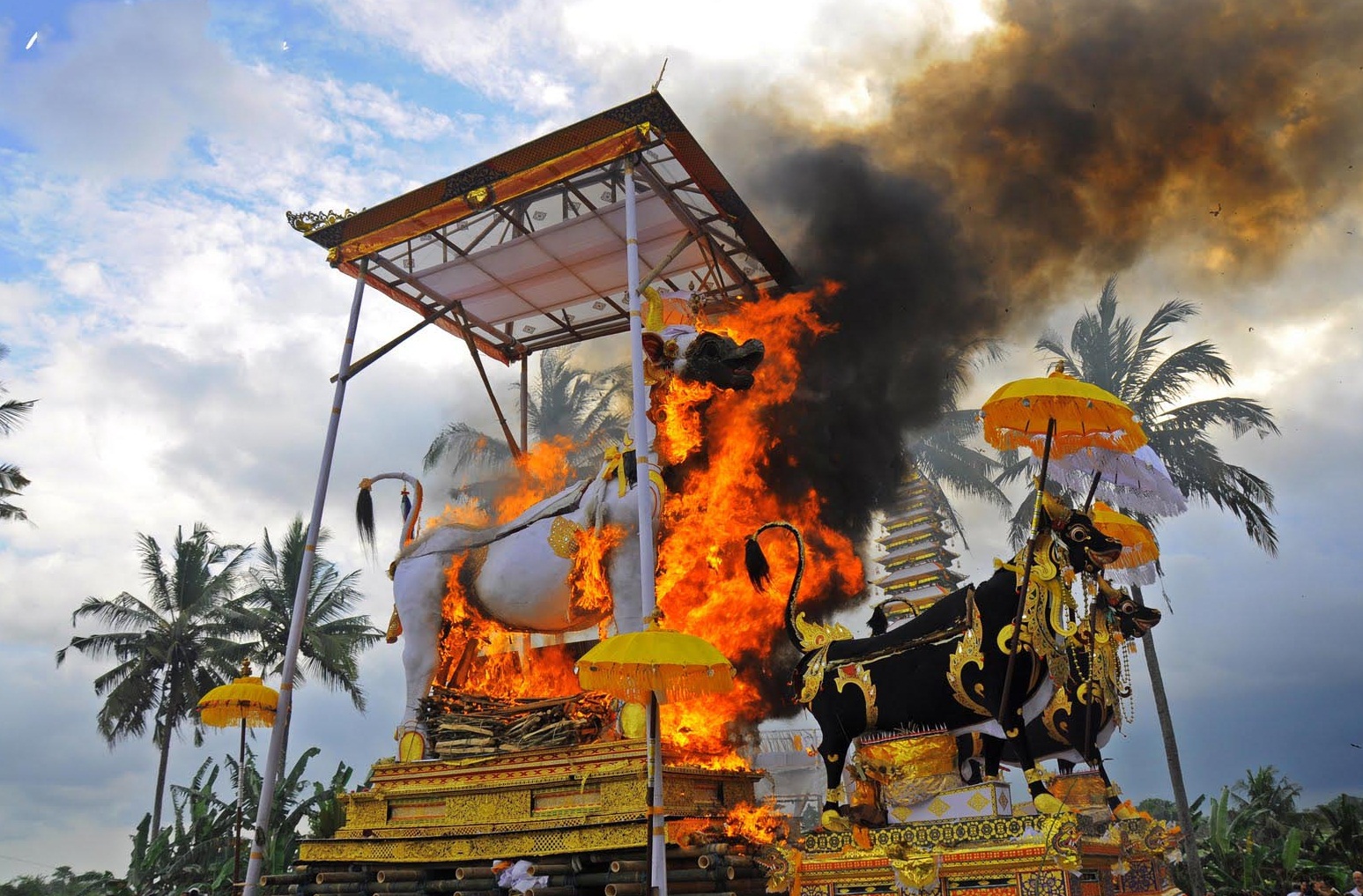
Ngaben is perhaps one of the most visually impactful rituals in Bali. This Balinese cremation ceremony is a vital part of the soul’s journey to the afterlife. Families often spend months preparing for this elaborate ritual, especially in the case of royal or noble cremations.
The procession involves a large tower carrying the body, traditional gamelan music, and a crowd of villagers helping transport the deceased to the cremation site. Far from being somber, Ngaben is a celebration of liberation, signifying the release of the soul from the earthly realm.
Traditional Balinese Dance
Dance in Bali is not merely entertainment it is a spiritual offering. Often performed during temple ceremonies, traditional Balinese dance reflects stories from Hindu epics and local folklore through intricate hand gestures, eye movements, and facial expressions.
Legong Dance – Grace in Motion
The Legong dance is known for its refined movements and intricate costumes. Usually performed by young girls, this dance tells tales of ancient Balinese kingdoms, often accompanied by a traditional gamelan orchestra.
Legong is deeply ceremonial, originally created to entertain royalty and please deities. It is characterized by precise, synchronized movements and elaborate golden headdresses, making it one of the most elegant expressions of Bali’s artistic culture.
Kecak Dance – The Fire Chant
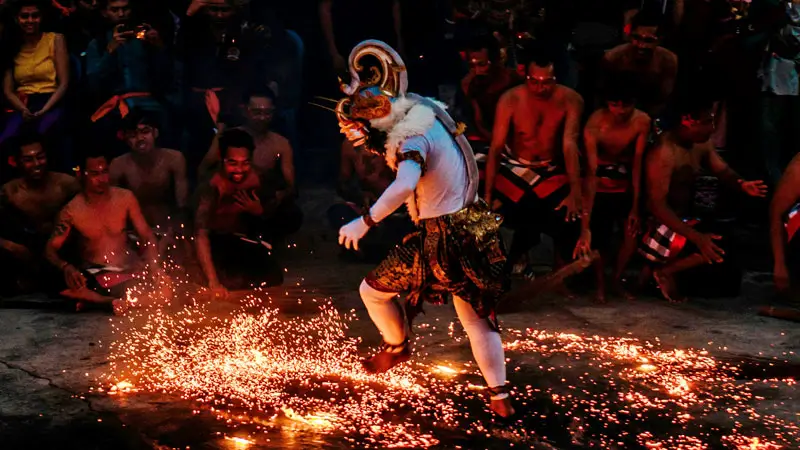
Unlike other traditional dances, Kecak does not involve musical instruments. Instead, it features a chorus of men chanting “cak-cak-cak” rhythmically, forming a circle around a central stage. The performance typically narrates scenes from the Ramayana epic, complete with fire dances and dramatic storytelling.
Performed at sunset, especially in Uluwatu Temple, the Kecak dance offers an unforgettable blend of sound, movement, and scenery an iconic moment in any cultural Bali experience.
Balinese Handicrafts and Visual Arts
Art is a cornerstone of Balinese culture, often influenced by religious themes and nature. From master woodcarvers to skilled weavers, artisans across the island have kept traditional methods alive through generations.
Woodcarving in Mas Village

The village of Mas, located just south of Ubud, is renowned for its traditional Balinese woodcarving. Artists here create intricate sculptures of gods, demons, and mythological scenes, often using local woods such as teak and mahogany.
Visitors to Mas can observe artisans at work in their home studios, where each piece is hand-carved and finished using age-old techniques. Purchasing a piece from this village is more than acquiring a souvenir it’s a piece of Bali’s cultural heritage.
Weaving and Songket in Sidemen
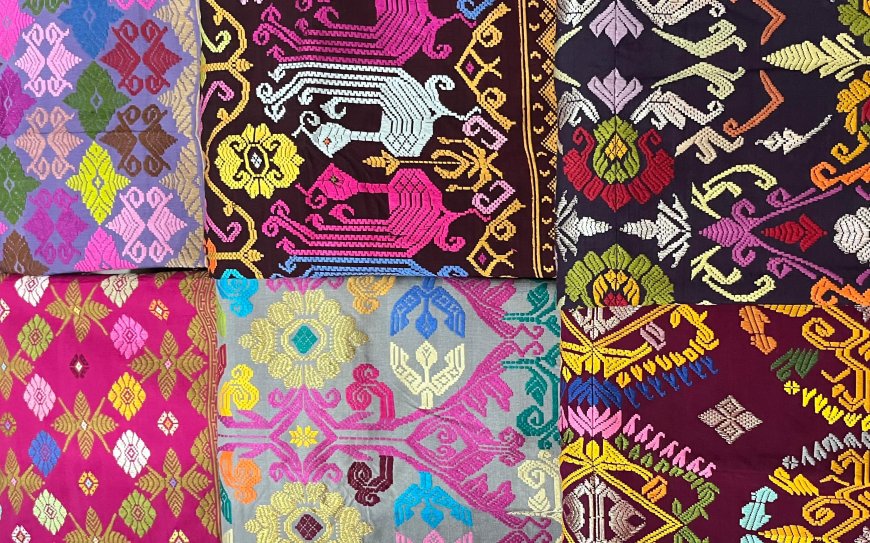
Sidemen, a peaceful village nestled in East Bali, is famous for its handwoven textiles, especially the songket a luxurious fabric woven with gold or silver threads. The weaving process is detailed and time-consuming, often taking weeks to complete one sarong.
These textiles are often worn during temple ceremonies and special events, representing spiritual significance and social status. Watching the weavers work on traditional looms is a mesmerizing experience for anyone interested in Bali’s artistic traditions.
Cultural Sites to Visit in Bali
To truly embrace the richness of cultural Bali, visiting museums and traditional villages provides immersive experiences that combine education with visual wonder.
Art Museums and Galleries in Ubud
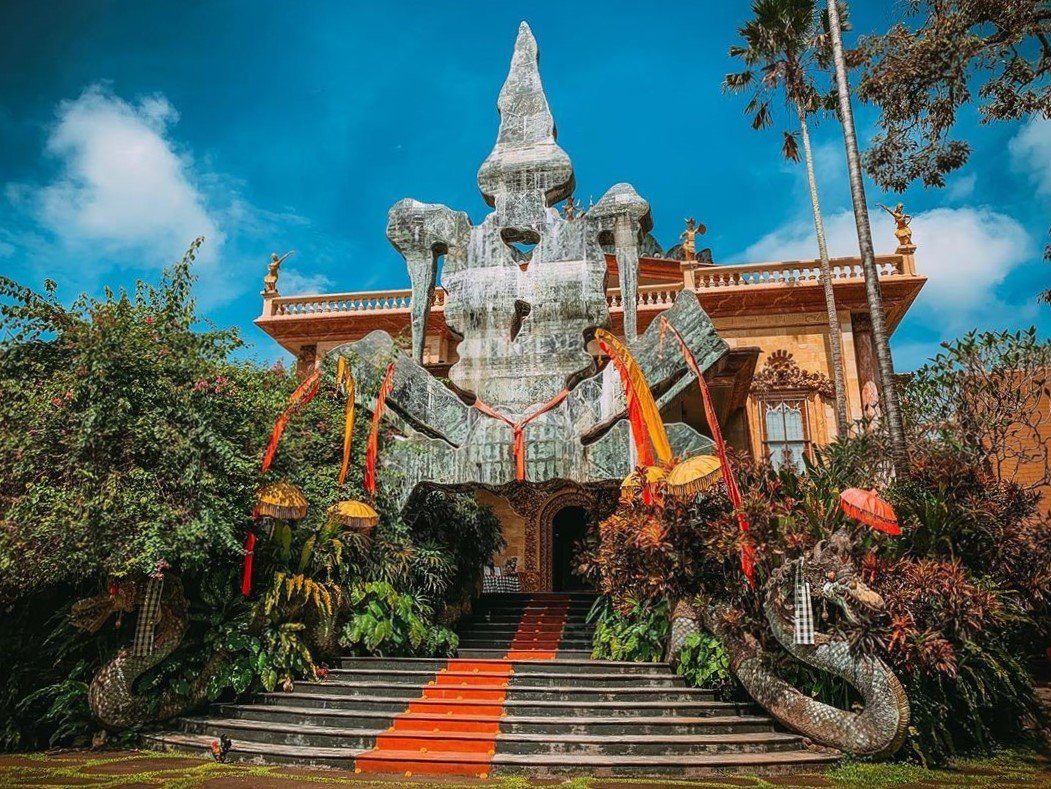
Ubud, often called the cultural heart of Bali, hosts numerous museums and art galleries. Institutions like the Agung Rai Museum of Art (ARMA) and the Neka Art Museum showcase everything from classical Balinese paintings to contemporary works.
These spaces not only display art but also hold workshops, traditional dance performances, and cultural events. For lovers of Bali art and craft, Ubud is a must-visit destination that offers deeper insight into the island’s evolving artistic narrative.
Tenganan Ancient Village

Tenganan is one of the oldest and most culturally conservative villages in Bali. Known for preserving the ancient Bali Aga way of life, Tenganan Pegringsingan is famous for its double ikat weaving and strict adherence to traditional customs.
Visitors can walk through stone-paved alleys, interact with locals dressed in ceremonial attire, and witness authentic community rituals. It’s a living museum where ancient customs still shape daily life perfect for those interested in authentic Balinese culture.
Final Thoughts
Experiencing cultural Bali is like peeling back the layers of a beautiful, complex story. From sacred ceremonies and intricate dances to masterful crafts and living villages, every encounter tells you something about the spirit of the island. For travelers seeking a deeper, more meaningful journey, diving into Balinese rituals, traditional arts, and cultural heritage is the most rewarding way to connect with the soul of Bali.
Whether you’re a Muslim traveler, a food lover, or someone looking for something refreshingly different, Arabian Knight Ubud welcomes you with open arms and a plate full of flavor. Reserve Right Now.

